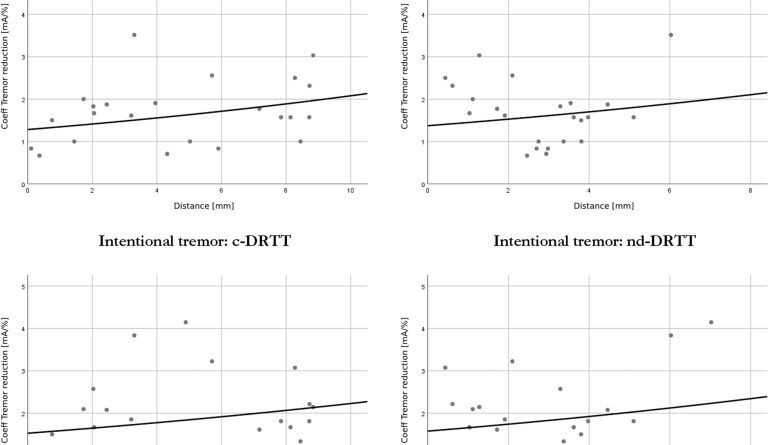Dispraxia: Disentangling the Rudiments
In the complex tapestry of neurodevelopmental disorders, one often encounters the intricate challenges posed by dyspraxia, a condition that can significantly impact an individual’s motor skills and coordination. Sometimes referred to as Developmental Coordination Disorder (DCD), dyspraxia remains a lesser-known but deeply impactful condition that requires a nuanced understanding. This article seeks to disentangle the rudiments of dyspraxia, shedding light on its origins, manifestations, and the potential strategies for managing and supporting those affected.
Understanding Dyspraxia:
Dyspraxia is a neurological condition that affects the planning and execution of voluntary movements. Individuals with dyspraxia may experience difficulties with coordination, balance, and fine or gross motor skills. These challenges can manifest in various aspects of daily life, from tying shoelaces and buttoning shirts to participating in sports or navigating social situations.
Origins and Diagnosis:
The origins of dyspraxia remain multifaceted, with a combination of genetic, environmental, and neurological factors contributing to its development. While the precise etiology is still under exploration, it is widely accepted that dyspraxia stems from a disruption in the normal processes of brain development.
Diagnosing dyspraxia can be complex, as its symptoms may overlap with other conditions such as attention deficit hyperactivity disorder (ADHD) or learning disabilities. Typically, diagnosis involves a comprehensive assessment by healthcare professionals, including occupational therapists and neurologists, who evaluate the individual’s motor skills, cognitive abilities, and overall functionality.
Manifestations of Dyspraxia:
The manifestations of dyspraxia can vary widely, and individuals may experience a combination of challenges. Common signs include difficulties with activities requiring coordination, such as riding a bike, catching a ball, or using cutlery. Fine motor skills may be affected, impacting handwriting, drawing, and tasks that involve precise finger movements.
In addition to motor challenges, individuals with dyspraxia often struggle with planning and organizing tasks, managing time, and following multi-step instructions. Social interactions can be particularly challenging, as reading social cues and understanding non-verbal communication may pose difficulties.
Impact on Daily Life:
The impact of dyspraxia on daily life can be profound, affecting academic performance, social relationships, and self-esteem. Children with dyspraxia may face challenges in school, leading to frustration and a sense of inadequacy. As they grow older, difficulties with coordination and organization may persist, influencing academic and vocational pursuits.
The social aspect of dyspraxia can also present challenges, as individuals may find it challenging to engage in group activities or navigate the complexities of social interactions. The resulting isolation and feelings of inadequacy can contribute to mental health issues, emphasizing the importance of early intervention and support.
Management and Support:
While there is no cure for dyspraxia, there are various strategies and interventions aimed at managing its impact and supporting individuals in their daily lives. Occupational therapy plays a crucial role, focusing on improving motor skills, coordination, and sensory processing. Therapists work collaboratively with individuals to develop personalized strategies and exercises tailored to their specific needs.
Educational accommodations are also essential for children with dyspraxia. These may include modified learning environments, additional support in the classroom, and the use of assistive technologies to facilitate academic progress. Speech therapy can be beneficial for addressing communication challenges, and counseling may help individuals cope with the emotional aspects of living with dyspraxia.
Strategies for Coping:
In addition to professional interventions, there are practical strategies that individuals with dyspraxia and their families can employ to navigate daily challenges. Breaking tasks into smaller, more manageable steps can make activities less overwhelming. Using visual aids, checklists, and calendars can assist with organization and time management.
Regular physical activity and participation in activities that promote coordination and balance, such as swimming or yoga, can be beneficial. Building a supportive network of friends, family, and educators who understand the challenges of dyspraxia can provide emotional support and encouragement.
Raising Awareness:
Despite its prevalence, dyspraxia often flies under the radar in terms of public awareness. Raising awareness is crucial for fostering understanding and empathy, reducing stigma, and promoting early intervention. Schools, workplaces, and communities can play a vital role in creating inclusive environments that accommodate the needs of individuals with dyspraxia.
Conclusion:
In unraveling the rudiments of dyspraxia, it becomes clear that this neurodevelopmental disorder requires a multifaceted approach to support and understanding. From its complex origins to the varied manifestations affecting daily life, dyspraxia demands a nuanced response from educators, healthcare professionals, and society at large.
By disentangling the intricacies of dyspraxia and embracing a holistic approach to support, we can pave the way for a more inclusive society where individuals with dyspraxia are empowered to navigate life with confidence and resilience. Through ongoing research, awareness campaigns, and a commitment to fostering understanding, we can collectively contribute to a world where everyone, regardless of neurodiversity, has the opportunity to thrive



